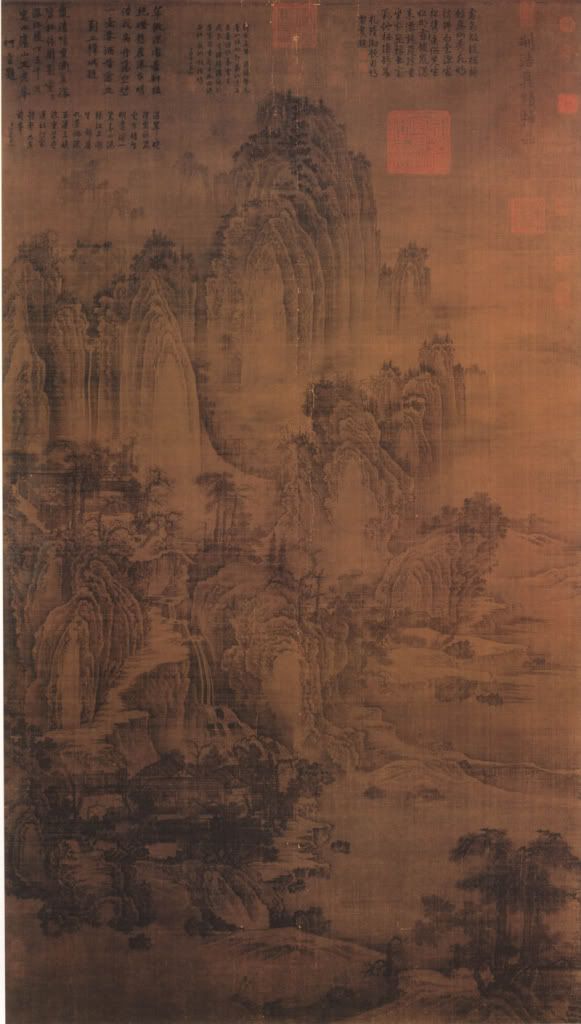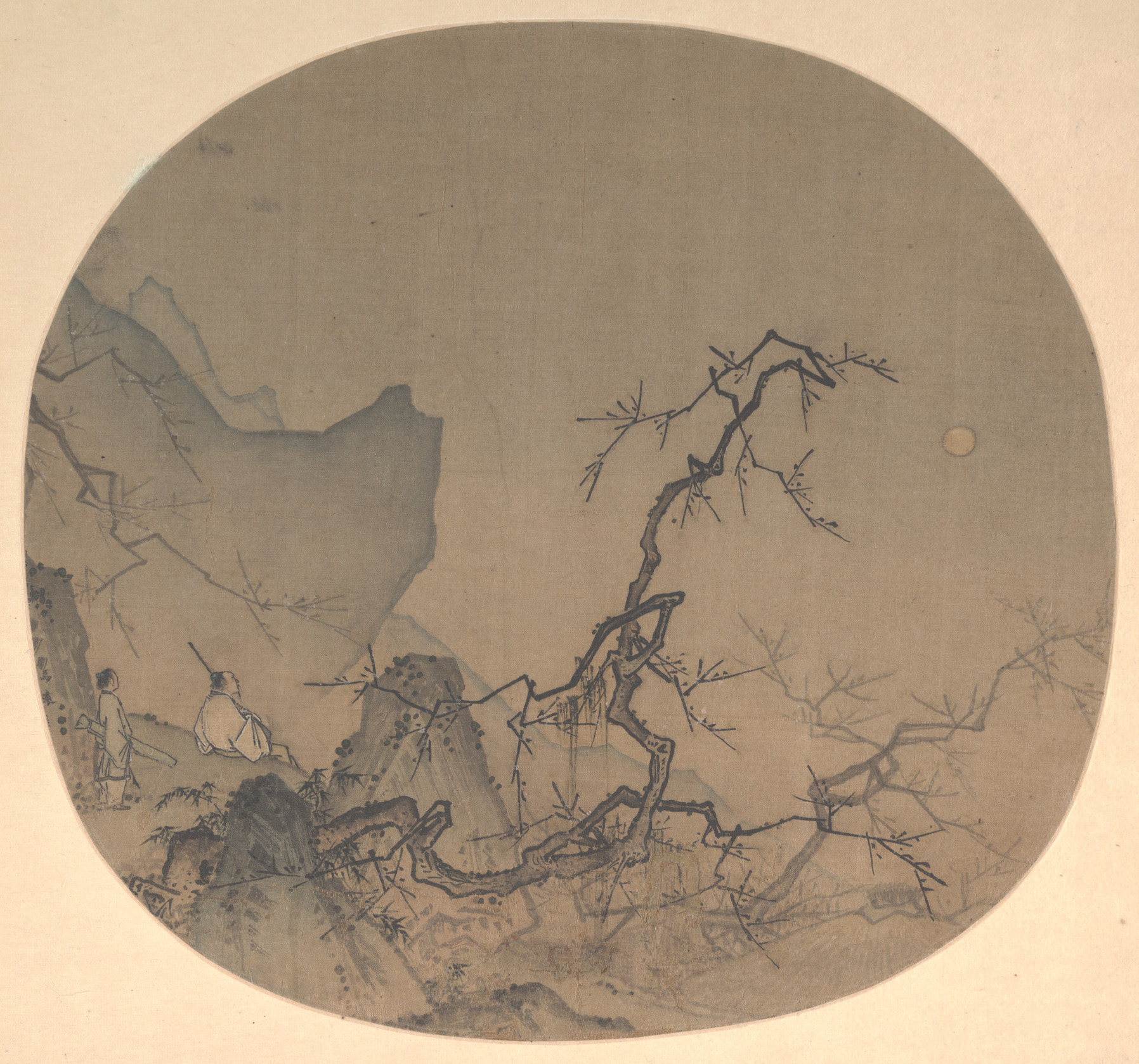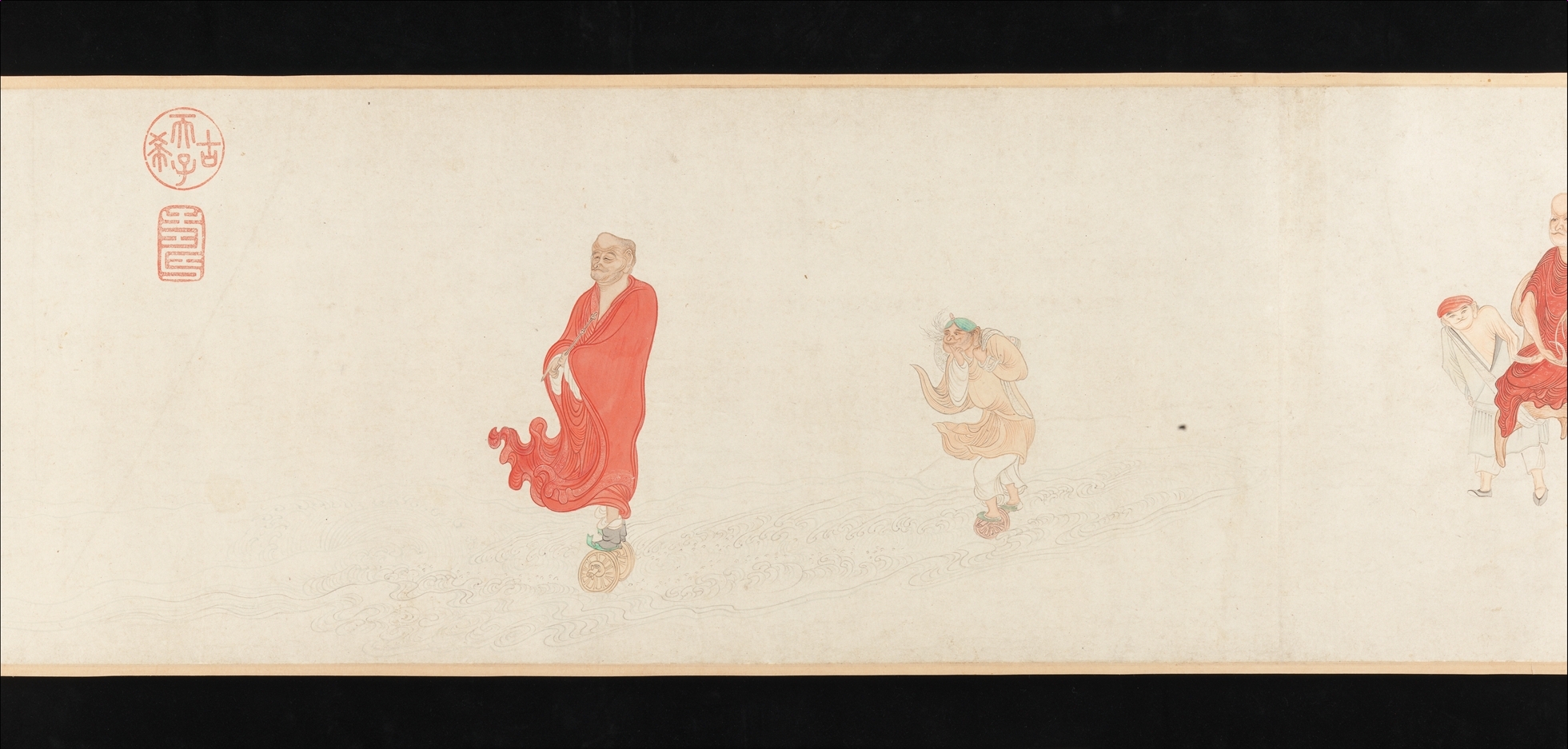I love those Chinese paintings of 'vertical mountains', they make you think "But nothing like that could be for real, right?", and then you see photographs and that's actually what they're like.
or take a boat ride through misty fog filled mountain terrain in Lu Chang

the character of the landscape is indeed very different from other places on earth...
i was thinking about the caligraphy and the name-stamps on these paintings.
one way to see them is that they get in the way of the image, of the view of the picture. but another way, which is how i think the ancients saw it, is that it reinforces the "object-ness" of the piece of art. that it was not desireable to produce a perfect illusion -- after all, what is the point to
represent already breath-taking reality? i think these artists were masters of abstraction, and well aware that what they were making was a "thing" (piece of rice paper); making an object according to its own "laws", following its own logic; and that its resemblance to the actual world is almost inconsequential.
so what you end up with is poetry, is abstraction; based on "impressions" of the world, but not amenable to it.
for all my musings on the continuity between "east" and "west", there certainly did develop, over time, distinctly different approaches to seeing, and very different relationships to nature.




